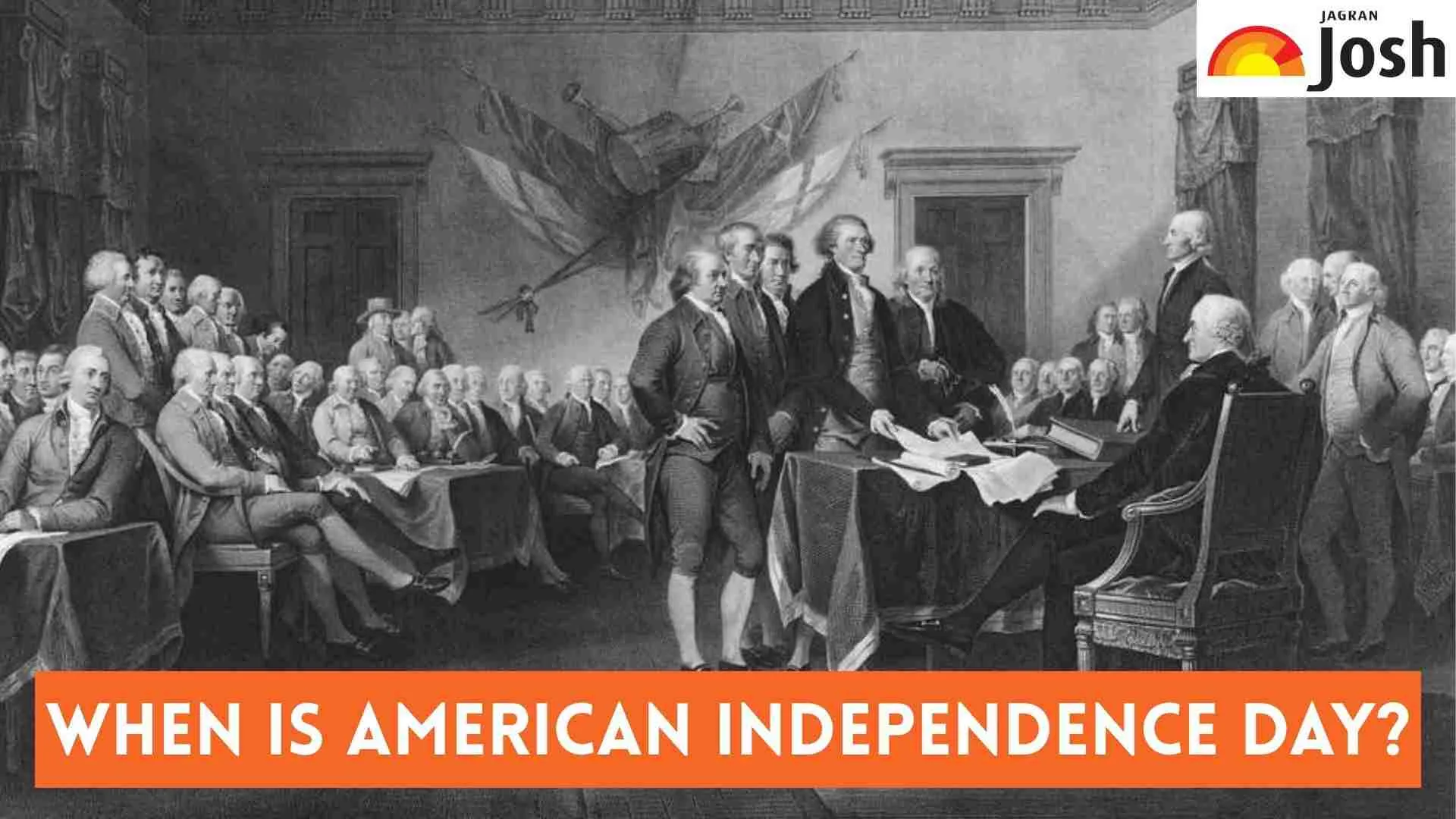The United States celebrates American Independence Day which is also known as the Fourth of July to commemorate their freedom from Great Britain. Delegates of the Second Continental Congress declared that the Thirteen Colonies were no longer subject to Britain's king, King George III, but rather united, free, and independent states. The Declaration of Independence, issued in 1776, formally declared the independence of the thirteen North American colonies and established the United States of America.
Earlier, July 4th was an unpaid federal holiday by the U.S. Congress in 1870, it then became a paid federal holiday in 1938. Across the nation, Americans mark the occasion with widespread festivities including parades, fireworks displays, picnics, and concerts. Displays of patriotism are a significant aspect of the celebration, with many Americans honoring the day by prominently displaying the American flag and wearing red, white, and blue.
Check Out- When and From Whom Did the US Become an Independent Country? Know What Exactly Happened
When is American independence day?
Annually, July 4th marks American Independence Day, a nationwide celebration observed in all 50 states and American territories globally. While the Continental Congress voted for independence on July 2, 1776, the Declaration of Independence's final version was formally adopted and publicized on July 4th. This led to July 4th being recognized as the nation's birth anniversary. It became an unpaid federal holiday in 1870, later designated as a paid federal holiday by Congress in 1938. Today, it is a day of widespread festivities.
History of American Independence Day
The Continental Congress approved independence from Great Britain on July 2, but finalized the Declaration, primarily by Thomas Jefferson, on July 4, 1776. Early celebrations mirrored British royal birthdays, featuring bells, bonfires, and speeches, serving as informal political expressions.
In 1776, American towns often marked independence with mock funerals for King George III, symbolizing freedom from monarchy. Early republic celebrations involved parades and toasts, evolving into separate partisan festivals by the 1790s, influencing other national holidays.
Throughout the 19th century, Independence Day was a serious yet sometimes ridiculed occasion, adopted by various reform movements. Later, it became a major leisure holiday. Despite efforts for a "Safe and Sane" Fourth, its political emphasis faded, but it remains a national holiday of parades, concerts, and fireworks, symbolizing American freedom. The history of American Independence Day is directly tied to this declaration of self-rule.
First American Independence Day
Independence Day was first celebrated in an organized fashion in Philadelphia and Boston in 1777. Festivities in Philadelphia featured bell ringing and fireworks, with a fleet of ships firing 13-cannon salutes, and 13 galleys each firing a cannon, honoring the 13 colonies. Boston's celebration included fireworks and shells launched over the city's commons. Today, both cities continue to host annual Fourth of July events, highlighting their connections to the American Revolution. These celebrations often involve military band performances and events at historically significant locations. In Boston, the USS Constitution, a warship launched there in 1797, sails around Boston Harbor and performs a 21-gun salute.
In Williamsburg, Virginia, where the Virginia Convention passed resolutions on May 15, 1776, advocating for American independence, celebrations include a public reading of the Declaration of Independence, marching bands, and patriotic sing-alongs. Washington, D.C., the U.S. capital, marks the holiday with free concerts and a fireworks display over the National Mall.
Must Read- One Big Beautiful Bill Act Summary Explained: Tax Reforms, Policy Changes, and More
July 4th Traditions and Parades
Independence Day in America is a vibrant celebration marked by parades, fireworks, and patriotic displays. Communities across the country host a variety of events, from carnivals and concerts featuring patriotic music to unique local traditions. Alameda, California, boasts the nation's longest parade route at 3.3 miles.
Food plays a central role in the festivities, with popular choices including barbecue, hot dogs, fried chicken, corn on the cob, watermelon, and ice cream. Fireworks have been an integral part of July 4th celebrations since 1777. Initially, fireworks were orange, with a broader spectrum of colors becoming available in the 19th century through the addition of various metals. Americans collectively spend around $1 billion on fireworks for the holiday each year.

Comments
All Comments (0)
Join the conversation